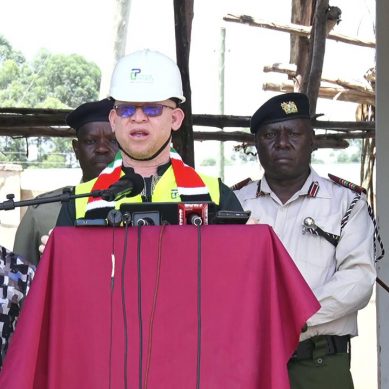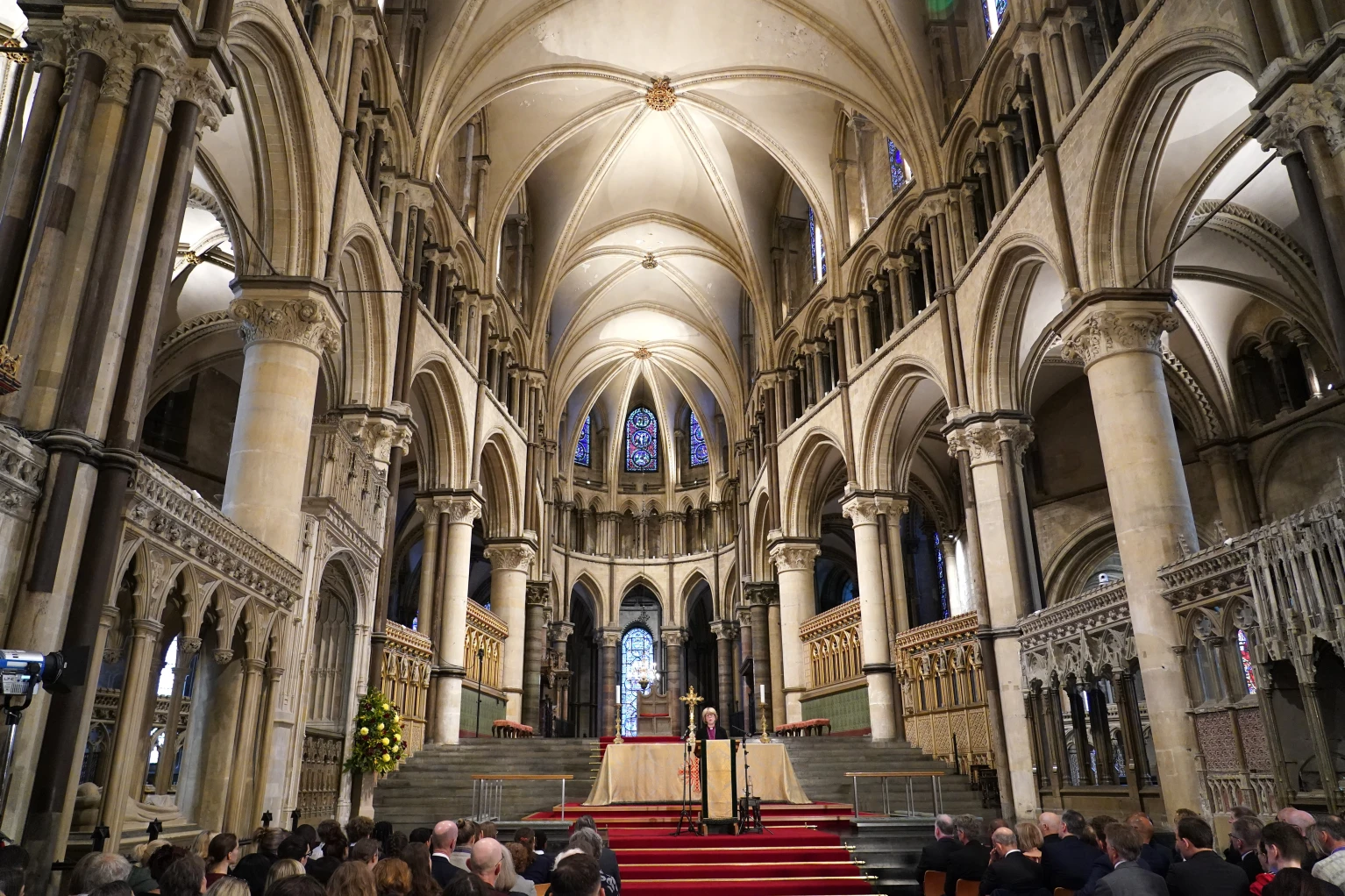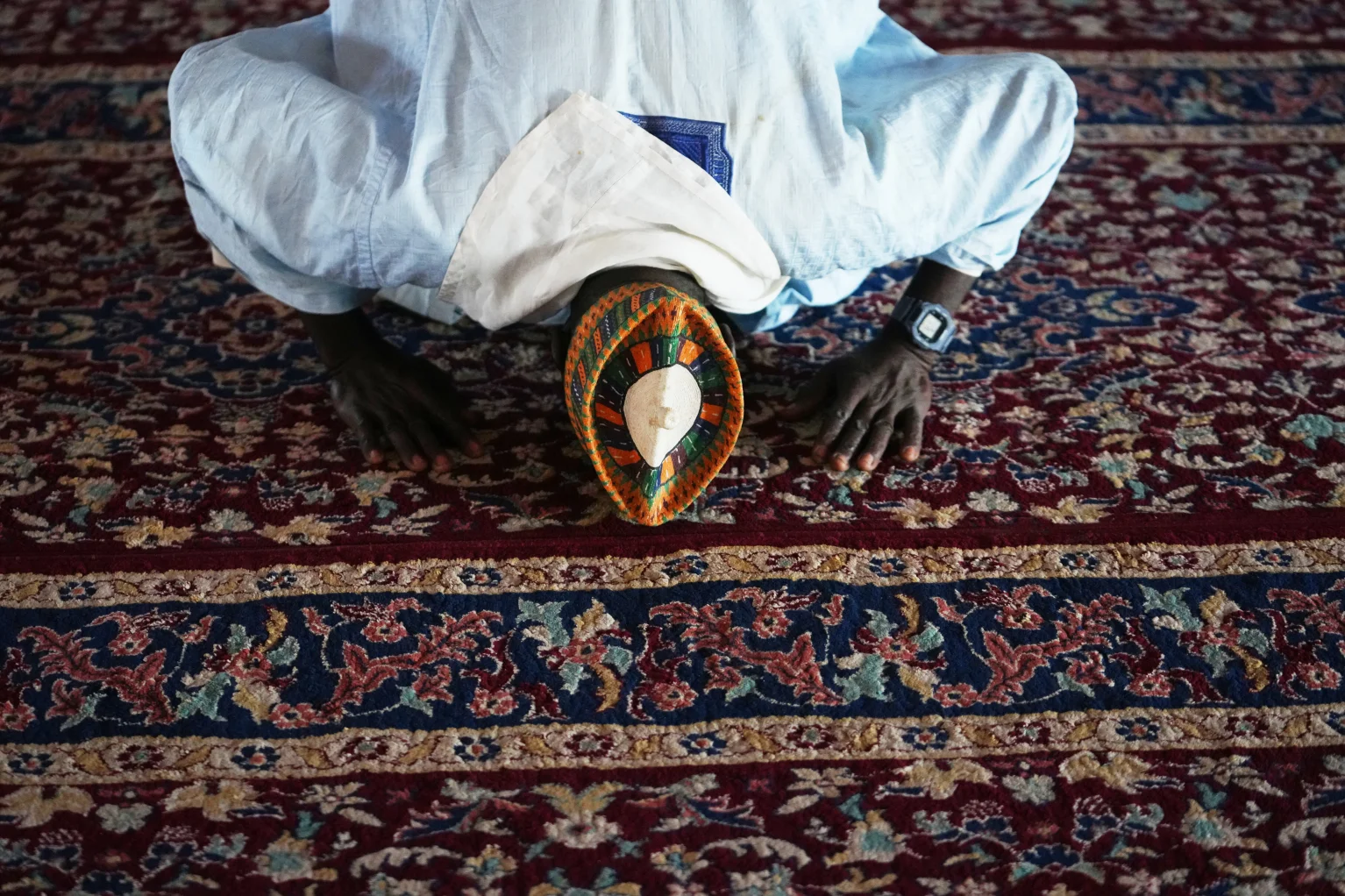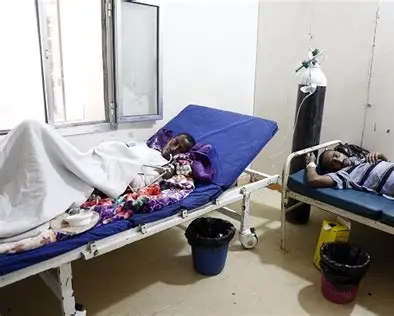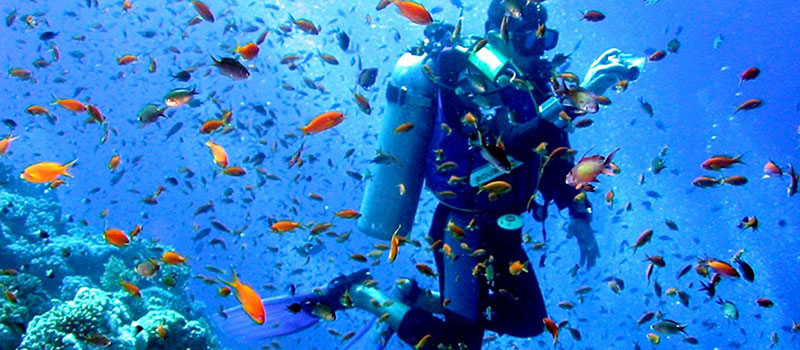
Kenya has officially launched a Marine Research and Training Centre in Malindi, Kilifi County, to address the phenomenal under-conservation of the country’s coastline, currently estimated at less than one percent.
Tourism and Wildlife Cabinet Secretary Rebecca Miano, who commissioned the facility on Monday, said the establishment of the centre was a step toward safeguarding Kenya’s marine heritage and endangered species for posterity.
“With policies now in place and community cooperation, we can build a sustainable wildlife economy that benefits all,” she said.
The centre is a constituent of the Wildlife Research and Training Institute (WRTI) and is expected to serve as a regional hub for marine research, conservation training and biodiversity protection.
WRTI Director and CEO Patrick Omondi said the need for community-driven conservation strategies to raise coastal conservation to 30 per cent in line with international targets set by the International Union for Conservation of Nature (IUCN).
“Since the government can no longer declare national reserves as we did at independence, we must work with communities to expand protected areas and improve livelihoods,” he said.
Kilifi Governor Gideon Mung’aro underlined the need for local empowerment in the tourism sector, noting that he had been engaging the department of immigration to address the issue of foreigners doing menial jobs in Kenya’s tourism industry.
“In places like Malindi and Watamu, even tour guiding is dominated by foreigners. With proper training, our youth can take up these roles and benefit from the coastal economy,” he noted.
One of the centre’s lead researchers, Dr Mohamed Omar, outlined the centre’s strategic goals as reversing wildlife decline, building conservation capacity among county governments and expanding research into under-studied biodiversity hotspots like Lamu, Tana River and Kwale.
“The biodiversity in Lamu surpasses some of our existing conservation areas, yet it remains largely unexplored. This centre will help bridge that gap,” he said.
Present at the ceremony were the Principal Secretary for Wildlife Sylvia Museiya, Director General of the Kenya Wildlife Service (KWS) Erastus Kanga and the Chairman of the institute’s board of Directors David Nkedianye, among others.
- A Tell Media / report / BNA by Emmanuel Masha and Cyrus Munyao
